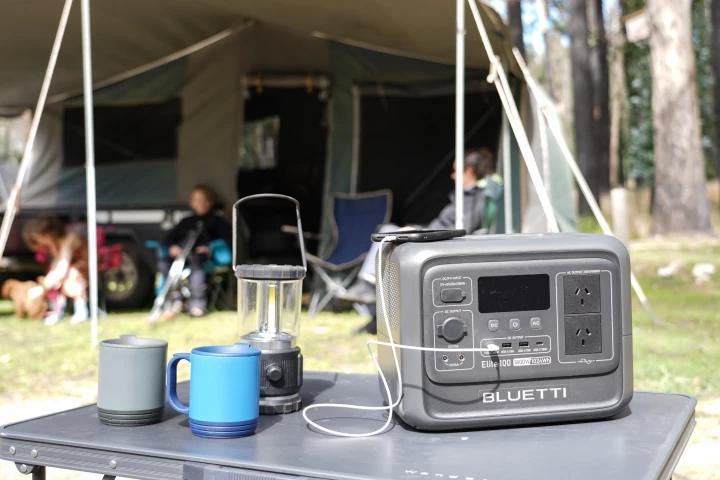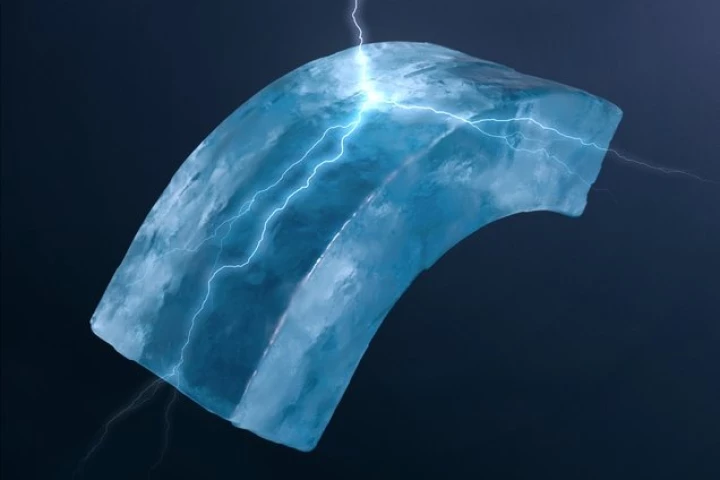Electricity
-
The hot trends of civilian supersonic flight and artificial intelligence collide as Boom Supersonic announces that, as a new revenue stream, the core technology of its Mach 1+ Symphony jet engine has been adapted to run power-hungry AI data centers.
-
In a world racing toward electrified transportation, one stubborn roadblock remains - access to charging. Not everyone has a garage, or the luxury of installing a home EV charger. Researchers have proposed a solution: turn streetlamps into EV chargers.
-
Portable power stations keep getting smarter, smaller, and more practical – and Bluetti’s new Elite 100 V2 is no exception. We head to the campsite to see if this pint-sized powerhouse delivers.
-
Imagine generating power not from sunlight or wind, but from the simple mixing of fresh and salt water. This is the promise of osmotic energy. The idea has been around for decades, but only now is it flowing into real-world use.
-
A cool new study with chilly implications from a team led by the Catalan Institute of Nanoscience and Nanotechnology at the Universitat Autònoma de Barcelona (UAB) has shown for the first time that ice can generate electricity in two surprising ways.
-
In a world first, Japanese researchers flew a lightning-proof drone in a thunderstorm, using it to induce and direct natural lightning strikes. The team is now working on how this flying lightning rod might capture and store lightning energy.
-
Tiny drops of water might not seem like powerhouse energy producers, but a new method shows how simple tubes might be able to turn falling rain into an energy source. In tests, the method was able to power up 12 LED lights.
-
A report from UK-based climate and energy think tank Ember notes that clean energy sources accounted for 40.9% percent of electricity produced around the world in 2024. From solar to wind energy, here are all the big figures you need to know about.
-
Harnessing a principle known as triboelectrification, researchers have worked out the optimal way to generate an electrical charge in a relatively simple way. The breakthrough could provide a battery-free way to power wearables and other devices.
-
Electricity is chaotic, and we normally need to constrain it to wires and circuits to make use of it. Scientists in Europe and Canada have now managed to guide sparks through thin air and even around obstacles using ultrasound waves.
-
It's only fitting that the company generating electricity by loop-de-looping a ground-tethered winged drone is from North Carolina. After all, North Carolina is the birthplace of human flight.
-
No, this isn't the return of Marvel's Iron Man. Commonwealth Fusion Systems (CFS) has announced plans to build the world's first grid-scale fusion power plant near Richmond, Virginia.
Load More











